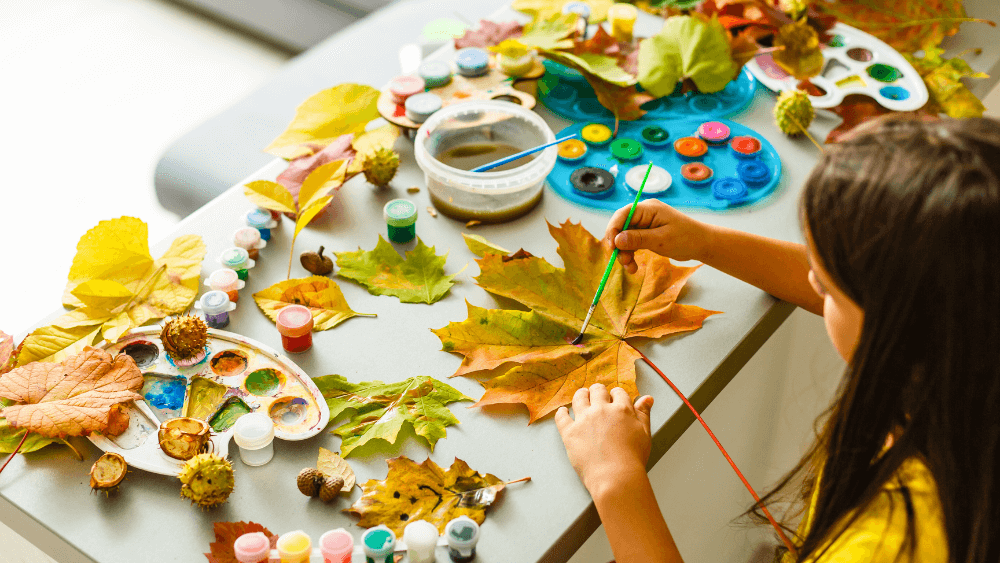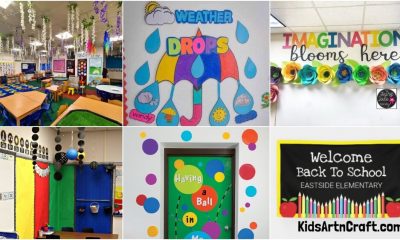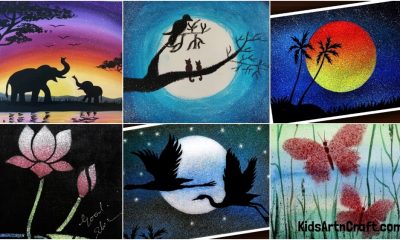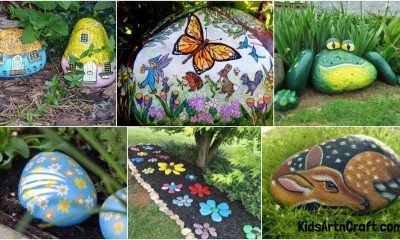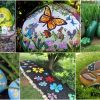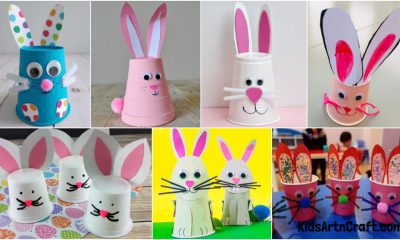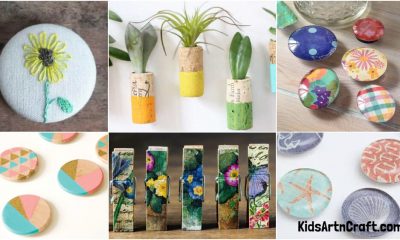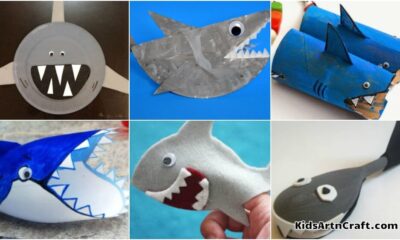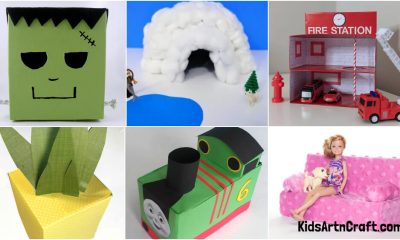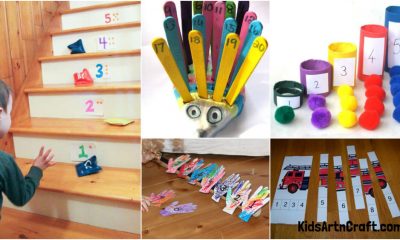DIY and Crafts
4 Ways to Introduce Your Child to the Arts

Early childhood is the perfect time for children to nurture their natural curiosity and creativity, and discovering the arts is a great way to do so. Exposure to art doesn’t just teach kids to be creative; more broadly, familiarity with the arts also helps develop children’s communication skills, their sense of empathy, critical thinking and problem-solving abilities, and much more.
Whether they go on to pursue art more seriously in the future or otherwise, there’s undisputed value in introducing your child to the arts from an early age. The best part is that you don’t have to be an artist yourself to do so. You can start by simply trying these 4 tips:
Take Them to Shows, Museums, and Galleries
Museums, galleries, theaters, and similar spaces are ideal places to introduce kids of all ages to different forms of art. And by the time their children are old enough to enter preschool, Singapore parents will discover a wealth of child-friendly art and creativity spaces to visit in their very own home city. Whether you and your child love looking at visual art, watching theatrical shows, listening to live music, or something else, there’s sure to be a place out there that can give you the experiences you crave.
Patience is key when visiting museums and art exhibits with young children, as dragging your child through every exhibit will only overwhelm them. Instead, take your time and allow them to explore at their own pace. Let them linger in front of pieces they find especially interested in and engage them in conversation about those pieces. If the gallery or museum has a gift shop, you may even want to get your child a small souvenir to commemorate your visit, like a postcard of their favorite piece.
Keep Art Supplies in the House
Children are creative and imaginative enough to repurpose empty boxes, paper bags, cardboard toilet rolls, and other seemingly ordinary objects into works of art. You can help them along by keeping your house well-stocked with basic art supplies like paper, glue, safety scissors, crayons, and colored markers. When you’re out shopping for these supplies, keep an eye out for rare or hard-to-find materials, such as paints in unusual colors or interestingly shaped paintbrushes. You may also want to bulk-buy materials you anticipate will see a lot of use.
Let Them Play and Explore
As you and your child discover the arts together, you may find yourself wanting to make sure that they do things “correctly” in their own creative practice. It might therefore be tempting to spend a lot of time explaining how a project “should” be done or what the “right” way to use a particular material is. Do remember, however, that art is much more about discovery for younger kids than it is about technique or methodology. It will often be more than enough to give them a basic idea of what they can do, set them up with some materials, and let them take the lead from there.
The useful applications of this advice extend beyond visual art to encompass other art forms, like dance, music, and even creative writing. At this early age, getting caught up in teaching your children “proper technique” will likely only dampen the joy of the experience for them. Just letting them engage their imaginations and move their bodies in the ways that appeal to them will often be more than enough.
Do Art with Them
Making art with your child, instead of instructing them, is both a good bonding activity and a constructive way to nurture their appreciation for the arts in general. This is especially true if you’re introducing them to an art form that you yourself love. Not only will you get to share this special part of yourself with your child, but you’ll also get to watch them discover the art form and develop their own relationship with it as well. Painting, making crafts, singing and dancing around the house, or coming up with stories are just some of the many wonderful ways you can do art together.
Working together will also give your child opportunities to try their hand at more complicated art projects they probably wouldn’t have been able to handle on their own. If they’d love to build a sculpture or diorama that’s a little more complex than usual, for instance, they can leave the harder parts of the assembly process to you. This gives them the freedom to focus on the more enjoyable steps, like decorating. Once your shared project is completed, make sure to tell them all the ways their unique contributions make it even better.
It’s never too early to start your child on a lifelong journey of loving and learning from the arts. Actively encourage your child to explore and pursue any kind of art they’re interested in and their lives will surely be richer for it in the long run.


